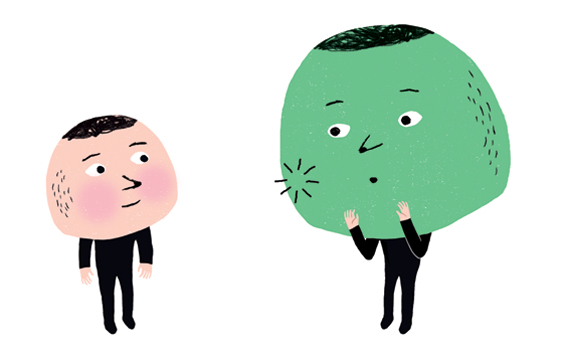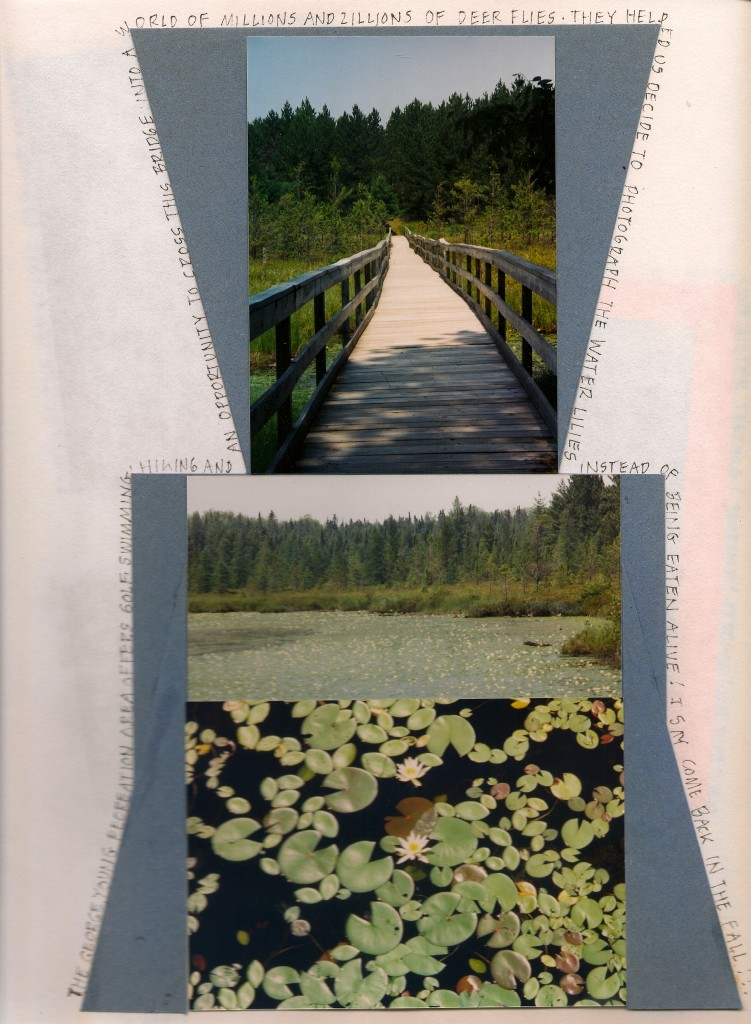I’m not interested in making players feel like they are in the story. I’m interested in making players feel the way I felt in that moment.
Nina Freeman
This morning, I was struck by this quotation from the article, This video game is a startling, brilliant approach to personal narrative. It’s about a new game, Freshman Year, that Nina Freeman recently created using Flixel. She distinguishes between typical story video games—players make choices that dictate what the character does—and her story game—players sometimes choose between two actions, but they always lead to the same story.
Freeman’s ultimate goal seems to be to tell her story and to get others to feel what she felt (in this case, what she felt as she went to bar, couldn’t find her friend and experienced a difficult encounter with a male bouncer). She wants to encourage others to experience empathy.
What is the relationship between empathy and interactivity?
As I think about interactivity in online stories, her narrative approach makes me curious: What is the relationship between empathy and interactivity? Is inviting a user/player into the storyteller’s world a form of interactivity? What kind of active agent is the player in this type of story?
I want to think about these questions a lot more. They seem to get at struggles that I’m having with whether or not my online stories are interactive and what forms (visible and invisible) that that interactivity might take.
resource: While doing a quick google search, I found this cool resource for empathy in i-docs from the NFBC.


